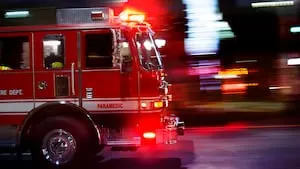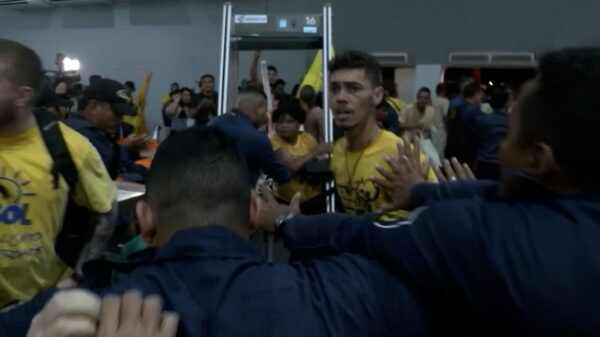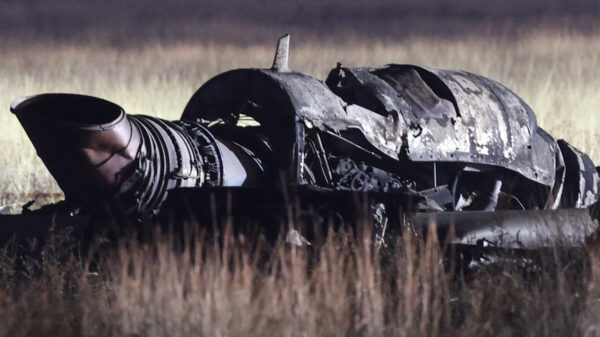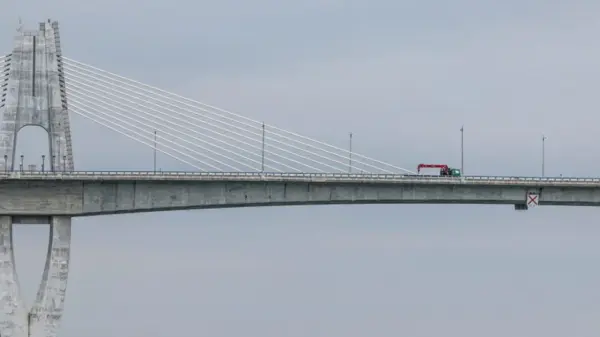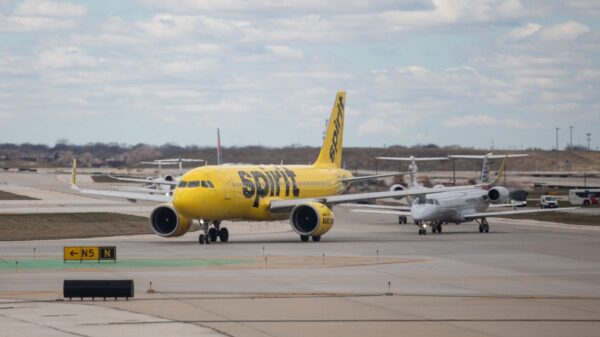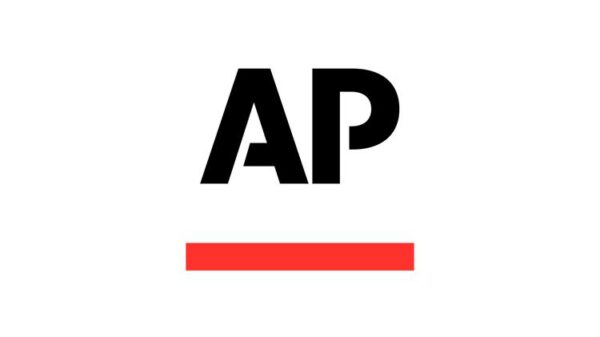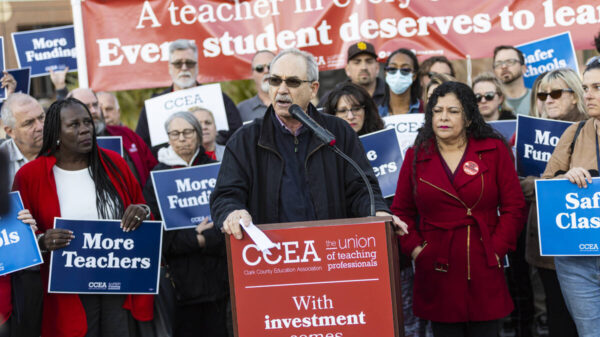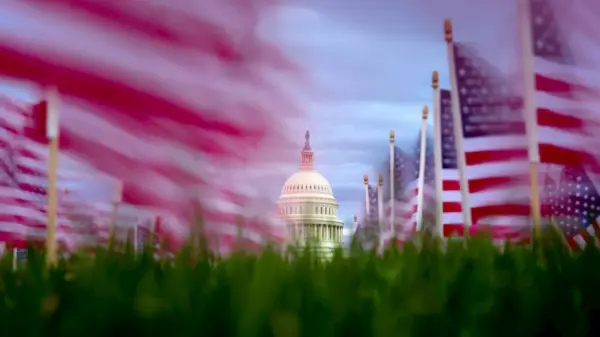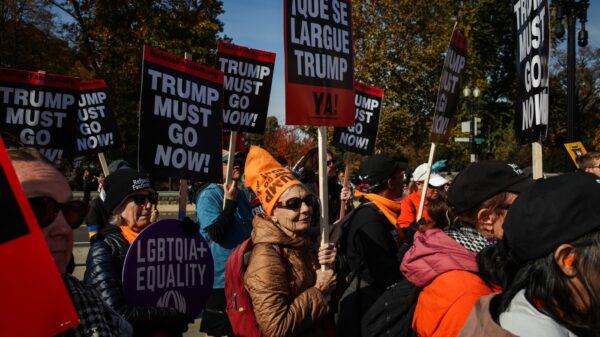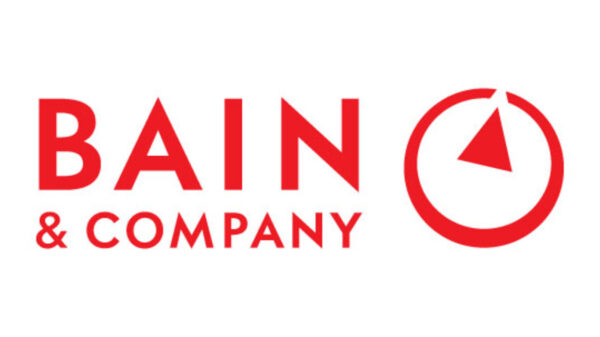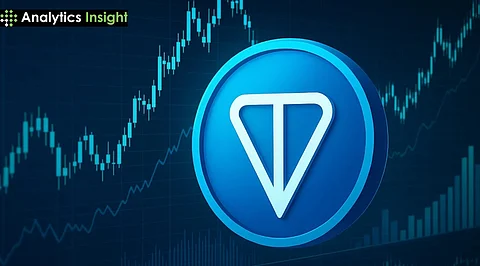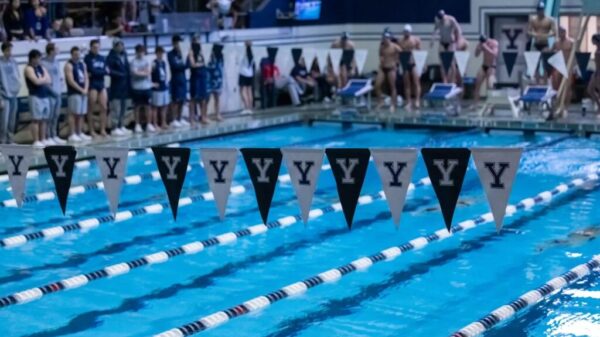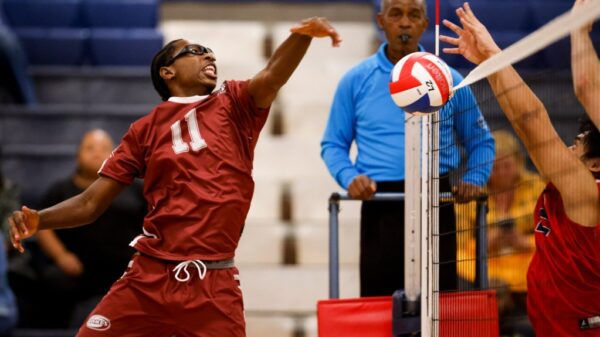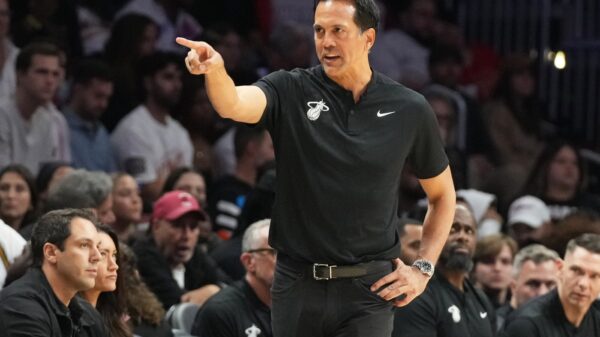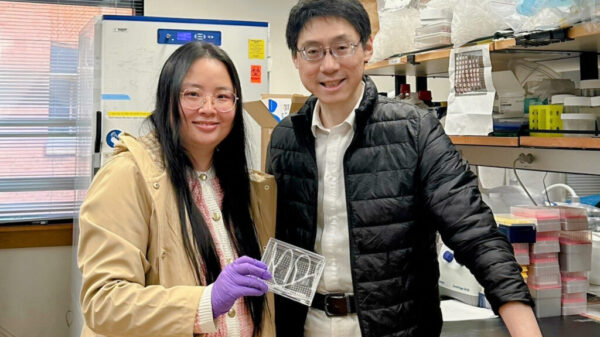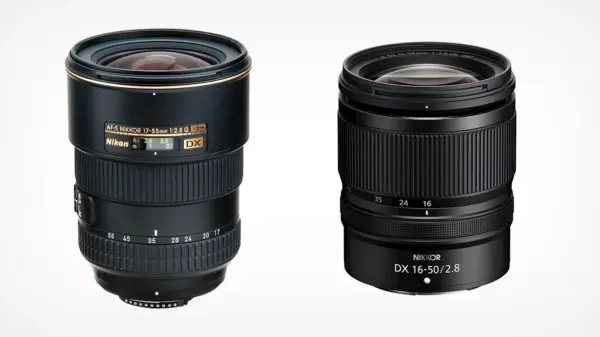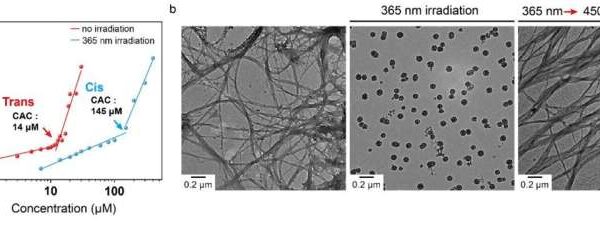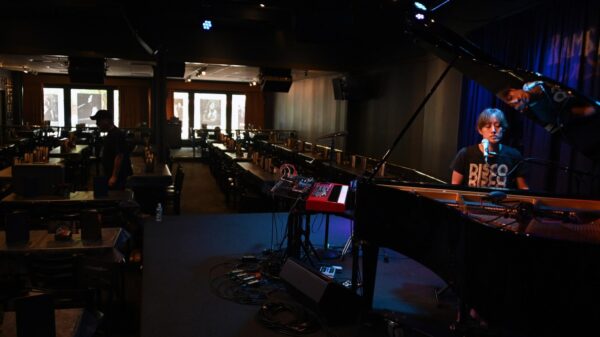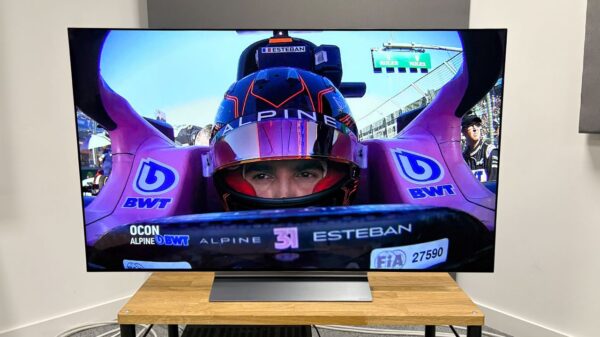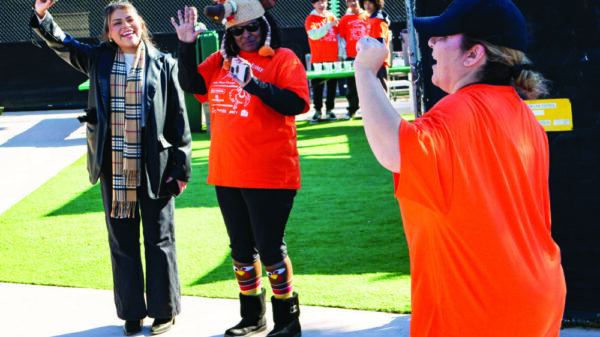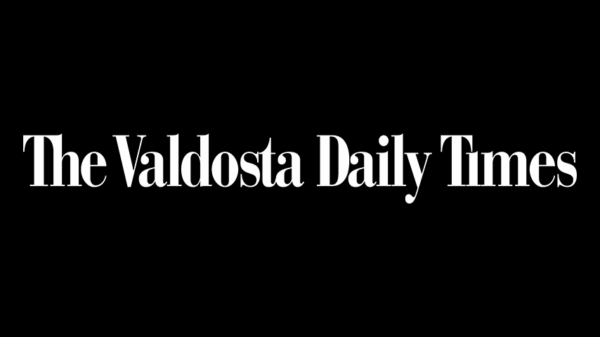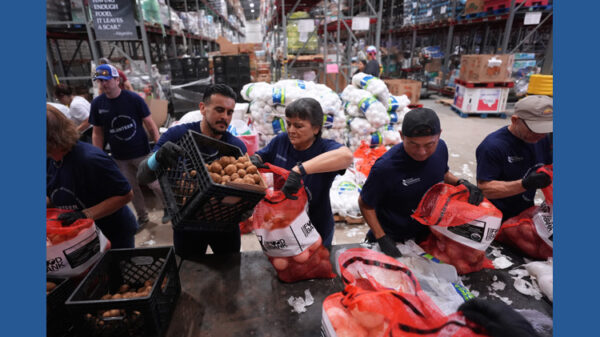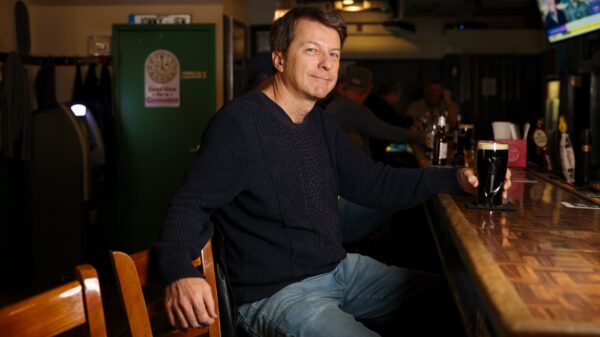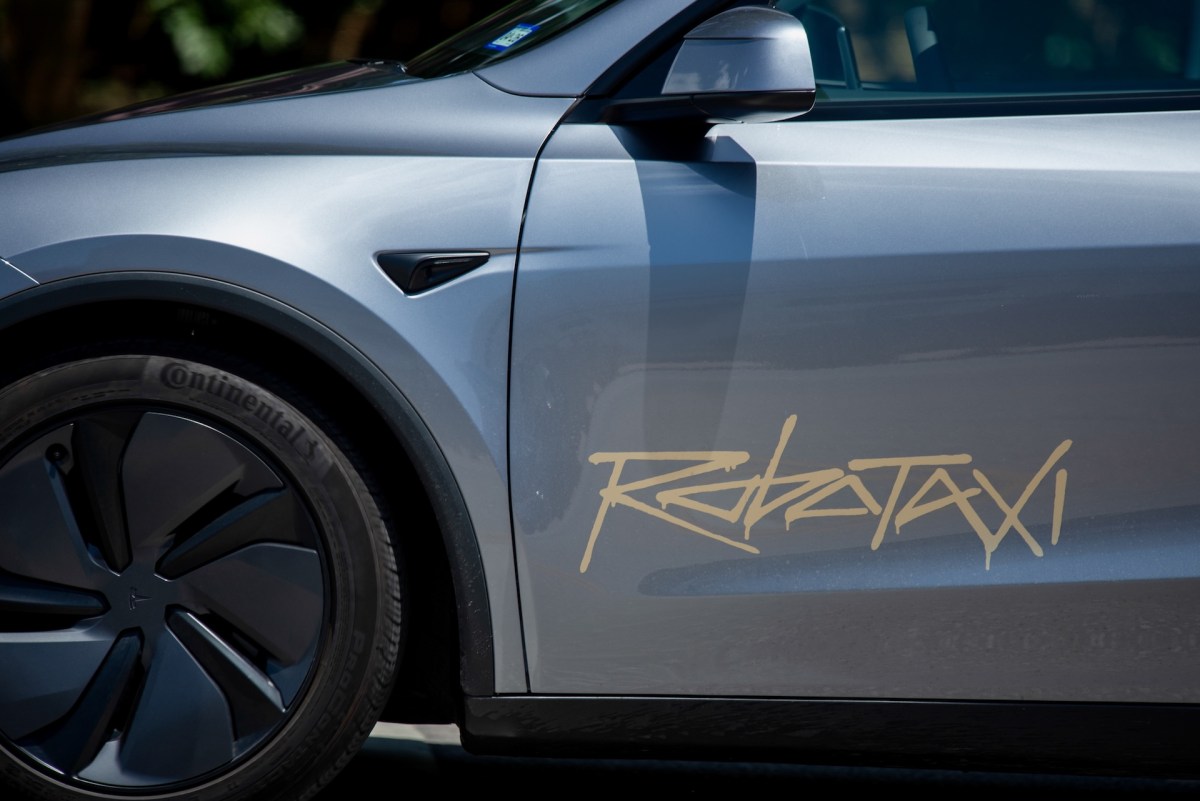Tesla has initiated plans to expand its robotaxi service to Arizona, specifically targeting the Metro Phoenix area. The company has formally applied for permission to test and operate autonomous vehicles, as confirmed by the Arizona Department of Transportation (ADOT). This application was submitted on June 26, 2023, marking a significant step in Tesla’s efforts to broaden its autonomous vehicle operations.
According to a spokesperson for the ADOT, Tesla expressed interest in both testing autonomous vehicles with a driver and operating them without one. The Department of Transportation is expected to make a decision regarding the application by the end of the month. This latest development follows Tesla’s recent launch of a limited robotaxi service in South Austin, which began last month and is currently available exclusively to select invited users.
Casey Blaine, Tesla’s senior regulatory counsel, has been actively engaging with Arizona officials regarding this initiative. Communication records reveal that Blaine has already held discussions with the ADOT and the Arizona Commerce Authority. As part of the preliminary stages, she requested introductions to representatives from Maricopa County government and local law enforcement to facilitate the service’s potential rollout.
In a recent update, Elon Musk shared on his social media platform X that Tesla intends to further expand its robotaxi service in Austin and is awaiting regulatory approvals to launch similar services in the Bay Area within the next couple of months. While Musk’s ambitions are considerable, they may face challenges due to varying regulatory frameworks across states.
California, for instance, has stringent requirements for companies looking to test and deploy autonomous vehicles. These include obtaining multiple permits from the California Department of Motor Vehicles (DMV) and the California Public Utilities Commission for operating a robotaxi service. A spokesperson from the California DMV noted that Tesla has held a permit for public road testing with a safety driver since 2014. However, the company has yet to apply for permits necessary for driverless testing or deployment.
In contrast, Arizona’s regulatory environment is comparatively less complex. The state mandates a self-certification process for autonomous vehicle companies, allowing them to test with or without a driver. Nonetheless, this process does not automatically grant permission to operate a paid ride-hailing service. Companies wishing to offer such services, whether driven by humans or robots, must apply for a Transportation Network Company (TNC) permit.
Tesla is not alone in the autonomous vehicle landscape in Arizona. Waymo, a subsidiary of Alphabet, operates a driverless robotaxi service across approximately 315 square miles in the Metro Phoenix area. Waymo’s service covers major locations such as downtown Phoenix, Tempe, Scottsdale, and Chandler, along with routes to Phoenix Sky Harbor Airport. Recently, Waymo introduced a program allowing teenagers, with parental permission, to hail robotaxis in Phoenix. The company holds the necessary permits to operate both in Arizona and California, where it has also established partnerships with ride-hailing platforms like Uber.
The ongoing developments in Tesla’s robotaxi service highlight the competitive landscape of autonomous vehicles in the United States. As companies vie for regulatory approvals and market presence, the impact on transportation and mobility in urban areas is poised to be significant. The outcome of Tesla’s application in Arizona will be closely watched as the company continues to pursue its vision for a future dominated by autonomous transportation.

